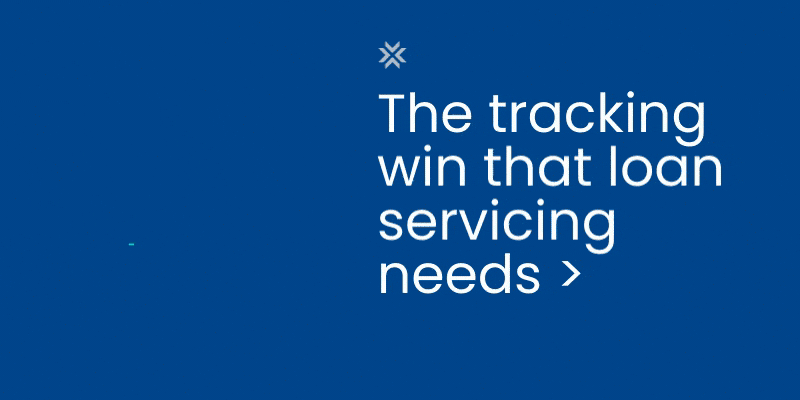In this article, you will learn about a proven risk transfer insurance product that provides broader borrower eligibility. This enables you to confidently grow your HELOC and unsecured home improvement loan portfolios in a rising rate environment.
Rising Interest Rate Environment
All lenders feel pressure on lending and loan refinance volumes as interest rates rise.
In addition, inflation and sky-high real estate prices nationwide are causing affordability issues as borrowers weigh financing options with regard to qualifications and eligibility.
As a result, lenders who can provide robust HELOC and second mortgage programs with higher CLTVs and diverse credit scores will better compete with Fintech offerings and grow their portfolios in the current economic cycle.
This blog describes an insurance solution that can help achieve these goals by simultaneously transferring credit risk while allowing your underwriters to work with prime and near-prime borrowers to grow revenue.
Current Market Conditions
Many changes in today’s economy are demanding creative solutions for lenders.
While some of these economic shifts have been positive, others have been negative, making for an uncertain current state and looking ahead to the future.
The unemployment rate remains relatively low, similar to pre-pandemic numbers, and the job market remains positive for job seekers.
Overall, loan performance is stable, however, credit card debt and delinquencies are creeping up. At the same time, savings rates are diminishing.
The effects of inflation, rising interest rates, possible home price decreases, and potential layoffs all point to a dwindling purchase market.
With these influential factors in mind, the present problem is finding a way for lenders to increase revenue, as they have seen a substantial recent reduction due to the drying up of the refinance market and the slowing of the purchase market.
Borrower Impact
With rising interest rates, borrowers will be tapping into record amounts of home equity to get access to cash and as a buffer against an economy tipping into a possible recession.
The potential issue on the horizon is a need for product availability for those diverse borrowers who need a CLTV above 80% and whose credit score is below 700.
Lender Challenges
Historically, Lenders are conservative in nature and occasionally are unable to meet borrower credit scores or CLTV demands on HELOCs.
Unintended consequences of tighter guidelines result in fewer new loan originations and potentially dissatisfied borrowers.
As a result, borrowers are turning to competitor financial institutions that have these products or FinTech solutions when their lenders cannot help.
Value Proposition
The Equity Protection Program allows for broader loan eligibility to meet diverse borrower demands (Higher CLTVs and Credit Scores from 660+).
In addition, implementing an insured loan program creates customer value by prudently expanding underwriting guidelines that allow lenders to meet a broad range of additional consumer demands while hedging the associated balance sheet risk.
The lenders that will thrive in this unknown economic territory will implement solutions to aid them in increasing their revenue.
![]()
The Solution
The Equity Protection Program (EPP) is a fully insured loan program that is transparent to the borrower and designed to assist lenders in generating more Home Equity loans.
EPP allows for expanded underwriting guidelines and protects a lender’s home equity portfolio against credit losses due to borrower default.
Implementation of the program is straightforward, with delegated underwriting, risk-based pricing, and adherence to your existing loan origination workflow.
Please feel free to reach out anytime and Ask Us Anything.

